Juan Pablo Romero Muñoz, MD and PDH, presents the study “Randomized, triple-blind, parallel-controlled trial of transcranial direct current stimulation for cognitive rehabilitation after stroke”, in which our neurorehabilitation platform, NeuronUP, was used.
Relevance of the study
This study stands out for being the first to apply transcranial stimulation by high-definition transcranial direct current (HD-tDCS) combined with neuropsychological rehabilitation for the treatment of spatial neglect after a stroke. The relevance lies in the fact that this non-invasive intervention could optimize cognitive and functional recovery, reducing time and increasing the effectiveness of rehabilitation programs for patients with disabling sequelae.
Relevance of the study for a non-specialist audience
Imagine that after a stroke you have difficulty seeing or attending to what happens on one side of your body. This makes it very difficult to dress, walk, or even read. This study investigates an innovative and safe non-invasive brain stimulation technique that, combined with rehabilitation exercises, could help the brain better recover these functions and enable people who suffer from this impairment to become more independent.
Methodology used
The study used a triple-blind experimental design, with random assignment and parallel control. The intervention consisted of 10 sessions of HD-tDCS (20 min at 2 mA) over the left posterior parietal cortex, combined with a computerized neuropsychological rehabilitation program, NeuronUP. Changes in attentional functions and functional performance were assessed using cognitive tests and functional Number Lines, before and after the intervention.
The results obtained in the pilot case showed quantitative improvements in several specific tests related to spatial neglect, such as the bells test, cancellation test, line bisection and the Motor-Free Visual Perception Test. In addition, an increase in functional independence was observed, measured by the Barthel Index.
These findings suggest that the combination of HD-tDCS with cognitive training may promote the recovery of impaired attentional functions and improve the quality of life of patients after a stroke.
Methodology used for a non-specialist audience
The team designed a treatment that combines a gentle electric current applied to a specific area of the brain through a cap combined with exercises on a computer screen that stimulate attention. This training was tested in short sessions over two weeks and it was measured whether this helped improve patients’ attention and daily life. It was found that the combination of these two techniques improved the effectiveness of rehabilitation.
NeuronUP’s contribution to the study of transcranial and cognitive stimulation after a stroke
NeuronUP provided the neuropsychological rehabilitation platform that allowed designing personalized cognitive training sessions. Its online system facilitated task control, individual adaptation of difficulty and tracking of patients’ progress throughout the study.
NeuronUP’s contribution to the study for a non-specialist audience
NeuronUP is the tool that provided the memory and attention games and exercises that patients performed in the study. It also allowed adjusting the exercises for each person and seeing if they were improving, thus helping the researchers better understand the effects of the treatment.
People interested in the details of the study can access it from here.
If you liked this blog post about this randomized, triple-blind, parallel-controlled trial of transcranial direct current stimulation for cognitive rehabilitation after a stroke, you will likely be interested in these NeuronUP articles:
“This article has been translated. Link to the original article in Spanish:”
Ensayo aleatorizado, triple ciego y controlado en paralelo de la estimulación transcraneal por corriente directa para la rehabilitación cognitiva tras un ictus
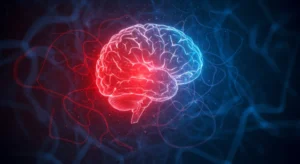
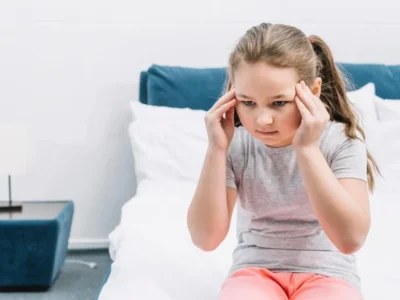
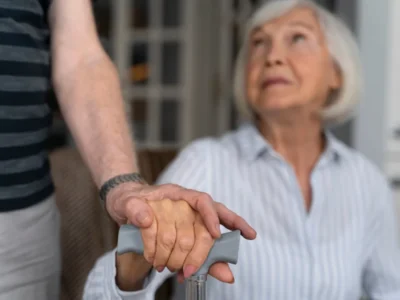
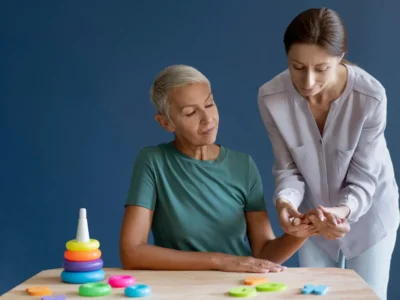

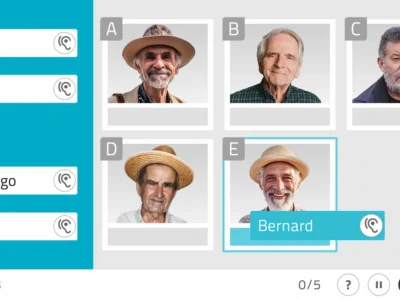
 Selective Attention Games for Adults: Twin Shapes and Color Matching
Selective Attention Games for Adults: Twin Shapes and Color Matching
Leave a Reply